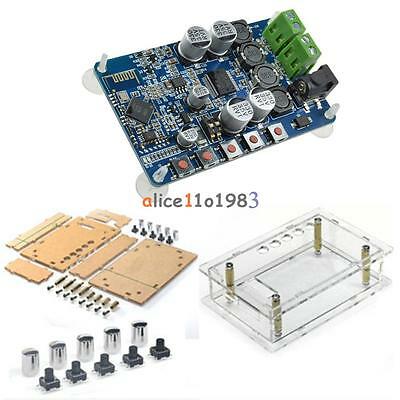-40%
u-Cap handmade +/-1.5% 600V copper foil capacitor for hi-end audio equipment
$ 32.73
- Description
- Size Guide
Description
These Copper foil capacitors are professionally manufacturered with high conductivity anti-oxidization Beryllium copper (BeCu) foil, teflon shielded leads with tin tip, and Dupont highest grade polyester film to achieve the best audio improvements over other type of caps.There are two parts to the test. Testing the cap standalone with test equipments. Then Do the listening test.
The manufacturer built a test jig to burn in the cap for 250 hours with a random noise generator alternating with a sweep signal generator sweeping from 20Hz to 20Khz every 60 sec. After 250 hours here is the results of the instrument tests.
1) capacitor value @1Khz = 0.2223uf this is 1% tolerance it is excellent by itself but missed the printed spec of 0.5% but still very close.
2) We measure the cap with a complex impedance meter. this will give us the magnitude Z and the phase angle of the capacitor. For a perfect capacitor the phase angle should be -90 degrees over its intented operating frequency range.
Phase angle in degrees
40Hz -89.97
1Khz -89.74
10Khz -89.48
20Khz -89.42
50Khz -89.15
100Khz -88.83
200Khz -88.39
This is really excellent.
3) Leakage test
We applied 600V to the cap and mesaured the leakage current . the leakage current is 0.0 microampere. Excellent!
4) Dielectric absorption DA
This is a important parameter. It measures the residue electron charge left in the capacitor after a pulse has applied to it. The residue electron charge will slowly release into the circuit and smear the subsequent signals coming after the pulse. There is only a very small number of high end capacitor testers that has this capability. To give you a perspective electrolytic capacitors can have a DA of up to 10%. The older paper in oil (PIO) capacitor can have DA up to 6%. Most modern film caps have very low DA.....less than 0.1%.
The μcap capacitor has 0.0% so you should expect very clean transients.
Well, we all know that when an audio device measures good it is only a necessary but not sufficient condition for it to sound good.
We need to do some long and crtical listening test. Here are the comments from the manufacturer.
We then put the μcap caps into the prototype preamp. We go to the bench to do some square wave and frequency response tests. There is a significant improvement in the rise time of the square wave and it also shows up as better high frequency response.
The next thing we do is to take out the Audio Note M10 and put the prototype preamp with the μcap copper foil capacitor into my reference system. After an hour of burning in the reference system we begin some serious listening. The first thing that strike us is that it is very smooth (we are listening to what the capacitor is really capable of after 250 hours of burning in ) on voice and violins. It even past the torture test of a couple of the very demanding violin CDs. It has excellent high frequency details. Bass notes from Oscar Peterson's CD sounded taut and clean. It has deep and also wide soundstage.
Usually when my friends take their preamps or DIY preamps to my music room to try to get a feel on how good is their unit relative to the Audio Note M10 preamp it always ended up after an hour I have to politely say....... Folks, it's been fun can we try something else?
Well, I have been listening to the μcap caps on my prototype preamp for 3 days already and the unit is still in my reference system. It actually sounded very decent. We have to understand the return on investment in high end audio is not linear. A 0K preamp is not 50 times better than a K preamp. As you go higher into the top end audio your return on investment takes a deep dive. I am looking for components that will give my customers the biggest bang for the buck. I think the μcap capacitors met this criterion.













